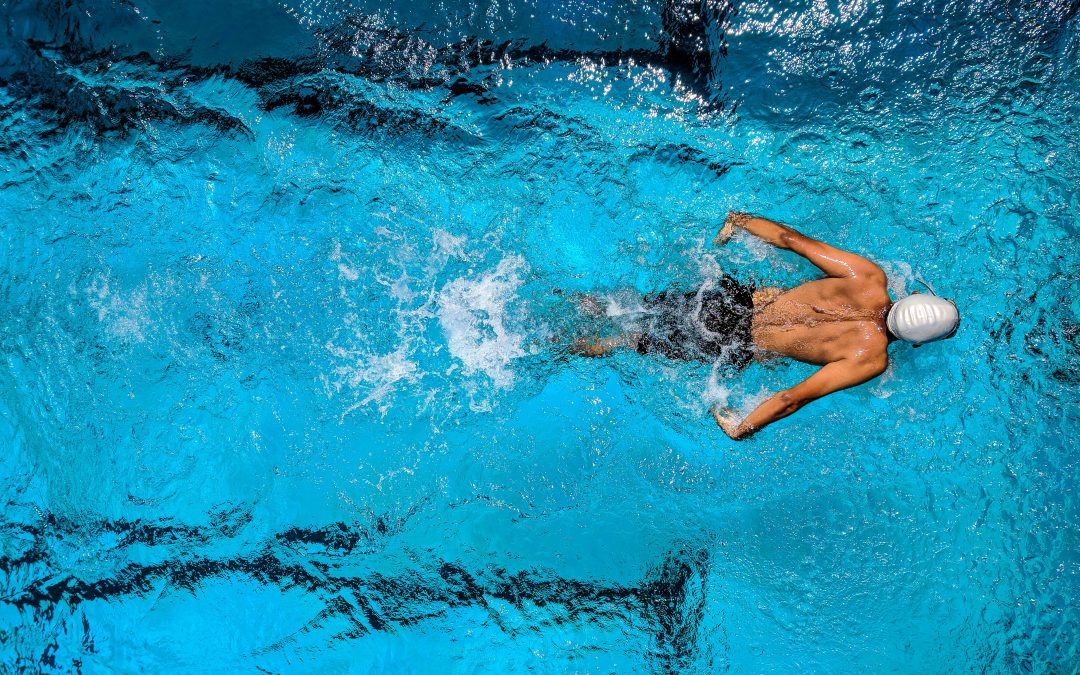Tired of the same old fitness routine? The heat got you lazy? If you’re looking for a fun and fresh new way to work out, aquatic exercises might be for you. In-pool exercises can provide great ways to work your whole body while also having fun. What could be more refreshing than a dip in the pool while simultaneously getting a good work out in?
Exercising in the water can prove to be pretty challenging at first, what with water being heavier of resistance than air. But with a heavier resistance, your muscles are used to their extent. Because of this, you burn calories easier than when you do these exercises on land. Aquatic exercises can help you develop strength, endurance, and flexibility.
The buoyancy of the water provides extra support for your muscles and joints which allows you to exert x amount of effort while putting less amount of stress on the body as compared to workouts done by land. This, in turn, can really help those that have joint conditions and recovering injuries. People that suffer from osteoarthritis, rheumatoid arthritis, osteoporosis, fibromyalgia, balance issues, and other joint injuries can really benefit from these exercises.
Here are some pool exercises for your whole body:
1. Walk in Water
Walking in water seems fairly easy, and can kick off your new routine to a great start. By doing this, you’re able to feel how your body creates your resistance in the water. Start by walking in a shallow portion if possible, and really concentrate on which muscles you use. Swimming usually has us walk on our tiptoes, but we should be able to feel the pressure around the heel, instead. Doing these targets not just the lower body but the arms and core, too.
2. Water Arm Lifts/Lateral Arm Lifts
Foam dumbbells and ankle and wrist weights are available for an added resistance to the water workout. They’re lightweight when they’re dry and turn heavier when wet. Water arm lifts are performed by lifting the forearms holding the weights, lifting them to the height of the water.
Similar to water arm lifts, lateral arm lifts makes use of the foam dumbbells. Instead of lifting just a portion of the arms, raise them to the side until they’re level with the water (shoulder-deep) and your shoulders.
3. Water Running
Also known as aqua jogging, this exercise is more high-intensity cardio than that of running on land. To be able to complete this workout, the water needs to at least be below the neck. To engage the arms, adding hand paddles or weights helps with working the triceps and biceps. Running through the water uses the same range of motions as running on land would. To switch it up, you can also run in a zigzag pattern from one end of a pool to another and then run in a straight line between the currents that you’ve made. This can add another level to your already challenging routine.
4. Dolphin Kicks
Treading water in the deep end of the pool, extend your arms out to your sides and legs beneath you. Squeeze your legs together and sweep them backward, bending the knees and then extending them forward again (like a dolphin’s tail). Counterbalance these motions by moving the arms in the opposite direction of the legs. This exercise is supposed to use the core and not the legs.
5. Back Gliding
When professional swimmers engage in competitions, the swim back to the finish line is started by holding onto the pool’s ledge with the knees tucked into the chest using this as your take-off, push from the ledge, and do a back glide. When you’ve completed this, draw the knees back into the chest, pressing the feet down to the pool and sprint back to the wall.
Despite how fun working out in the water can be, keep in mind that you are still susceptible to different injuries if you do them wrong. Remember that the water is working against you and is 10x heavier than you, so it’s important to first learn how to balance when you’re in the water. Aquatic exercises can also turn dangerous if you don’t know how to swim, so consider that as well. But the water can really help with many injuries, doctors often recommend an aquatic attempt at a shortened recovery period as well as a way to still stay fit despite these injuries.


